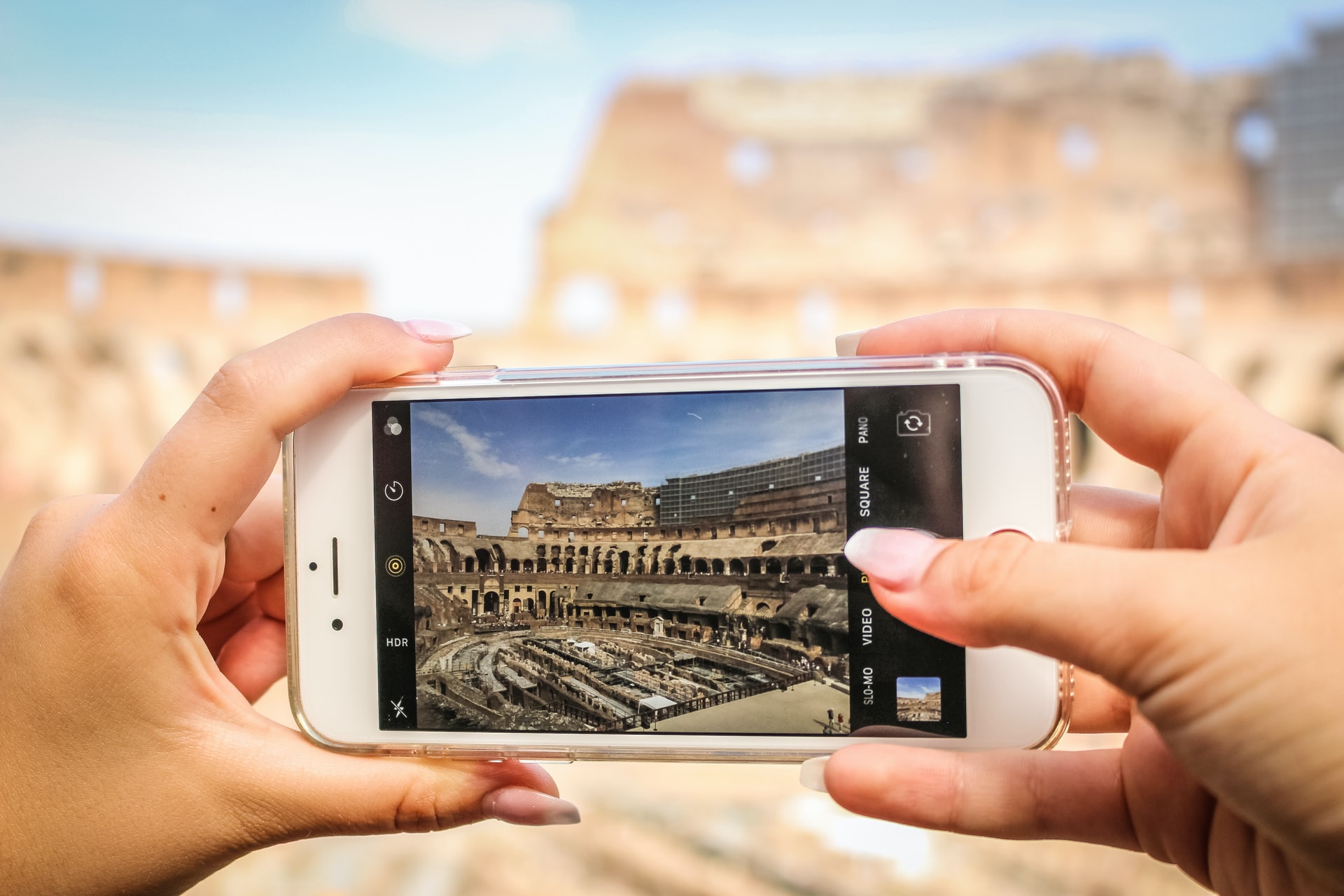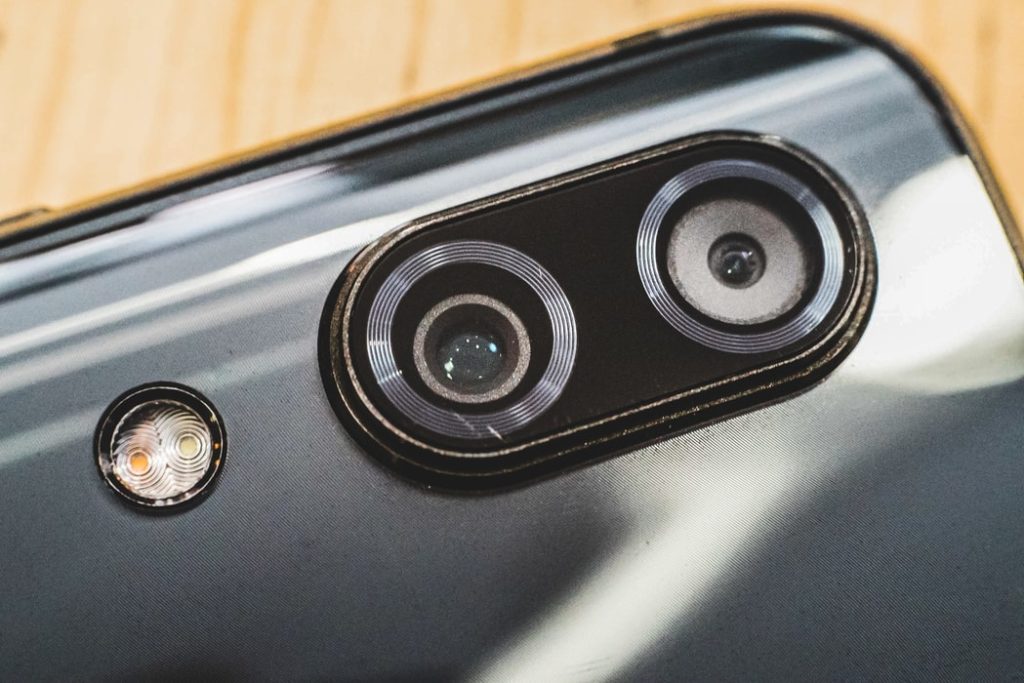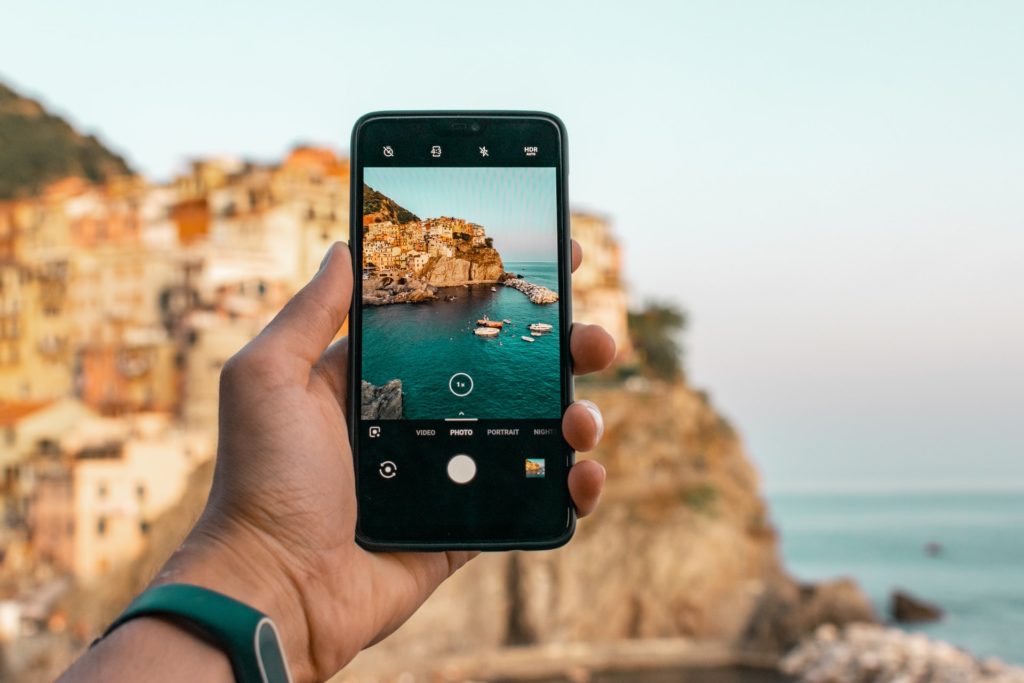How to Take (Much) Better Shots with Your Smartphone
This entry was posted on June 11, 2021.

Smartphone technology has evolved practically beyond recognition over the past few years. And the most impressive advancement of all has been the development of increasingly sophisticated camera technology. Yes, baked into a long list of surprisingly affordable devices are the likes of Sony and Leica imaging technology.
And, contrary to popular belief, you don’t necessarily have to invest in extensive high-end gear to take genuinely stunning photographs. Though, of course, if you’re serious about photography then an investment in a quality camera is always worthwhile and advisable.
Despite their leaps and bounds, a typical smartphone is never going to outperform a quality DSLR.
Even so, there’s still much to be said for the pleasure of shooting from the hip with the gadget you never leave home without.
But just as is the case with all cameras, there’s a right way and a wrong way to take shots with a smartphone. Making sure you have a decent enough camera phone to start with is important.
And after that, a few tips and pointers from the pros will help you take your smartphone photography to the next level…
1. Keep things clean and serene
First and foremost, the fact that most smartphone camera lenses are tiny means that even the smallest quantity of dust or dirt can ruin your shots.
Keeping your camera lenses clean is an important pro tip with all types of photography. Just as would be the case with a conventional camera, it’s advisable to carry a small cleaning cloth to get the job done; trust us, it’s far better than risking damaging your lens by wiping away smudges with your sleeve.
2. Ignore digital zoom
This is something even the best smartphones on the market still have not quite been able to nail. Digital zoom in all its forms does nothing but crop and magnify the image you are attempting to take.
It therefore instantly compromises the quality of the shot. This results in a grainy image in low resolution and with a vastly higher risk of blur. Feel free to pop a decent supplementary lens on your smartphone if you’re looking to take close-up shots of something in the distance, but try to avoid the temptation to use digital zoom where possible.

3. Embrace alternative lighting sources
The average smartphone flash leaves much to be desired. Even when they get the job done, they have a tendency to result in shots that are anything but flattering.
If possible, it can actually be better to use the flashlight setting on a separate smartphone to illuminate your subject; this at least enables you to play with the angle of the light and benefit from a more constant source.
A smartphone flash should really only be used as a last resort option. That said, it can certainly be better than nothing in darker conditions.
4. Focus on framing
One of the quickest and easiest ways to improve your smartphone shots consistently is to enable the “Grid” setting. This setting helps you get to grips with the rule of thirds – a crucial component in many quality photos.
The rule of thirds grid gives you a clear indication of exactly where you should position the main subject of your shots. In short, it helps you to frame your subject in a much more attractive and eye-catching way.
It’s something that quickly becomes second nature once you get used to it; a minor adjustment to how you frame your shots that can nonetheless make a big difference.
5. Beware cloud storage quality issues
Free cloud storage solutions offered by the likes of Apple and Google can be beyond useful. But they’re also worth carrying a wary caution of. Why? Because they wreak some unforgivable sins on the quality of your images.
The vast majority of free cloud storage solutions automatically store and backup your shots in a significantly lower resolution than their original format.
They’ll still be perfectly good for publishing online and sharing on social media, mind you. But try to get more creative with your photos or attempt to get a pro print-out for a postcard, gift or similar and you may find the high quality you need has been stolen from you.
If you are shooting high-quality original shots in high resolution, make sure you keep your own backup copies of them. Don’t rely on the cloud.
6. Invest in a tripod
Smartphone tripods are available in all different shapes and sizes. And, in most instances, they get the job done just fine and cost next to nothing.
There are tiny pocket-sized tripods that can be placed on just about anything to give you a steady shot; or they can be used at night to take long exposure shots with zero camera shake.
Some smartphone cases even come with some form of rudimentary tripod built-in, but a separate tripod of decent quality comes highly recommended.
7. Use a remote control
This is more of a convenient tool than a quality improvement tool. Even so, it can make it much easier to take various types of shots.
A remote control eliminates the requirement to touch your device when taking long exposure shots with zero shake. Plus, a remote control is an absolute must if you’re looking to take photos of yourself, without having to dash into the frame and hope for the best.

8. Browse third party camera apps
Depending on your preferred shooting style and goals, it can be highly beneficial to consider an alternative camera app. Just because your smartphone comes with a native camera app, doesn’t mean that Google Play or the Apple App Store don’t have a more suitable option.
Keep in mind, some of the thousands of apps available are way better than others. Be sure to trial a few before committing to paying for any software.
9. Stop shooting with the intent to edit
This is a crucial tip with all types of photography; we should all try to take shots which are as close to perfect as possible in their raw form.
After all, the better the original, the better any edited version can or will ever be.
The alternative is to take shots of moderate quality, with the intent to edit them intensively to create a more desirable result; this is the approach adopted by the vast majority of casual photographers, and it will get you no-where fast if you’re looking to improve your photography skills.
10. Experiment with exposure
Experimenting with exposure can make a real difference when looking to get your smartphone photography game in order.
Auto mode will be more than good enough to deal with most everyday shots you take, true. But switching to manual settings and giving things a good tweak is important to familiarise yourself with how the whole thing works.
Whether you’re looking to get artistic with your shots or simply avoid overly dark images where the subject is practically invisible, experimenting with exposure in manual mode comes highly recommended.






What counts is how you use the phone, the quality, or the resolution; what matters is how you utilize such types of equipment.